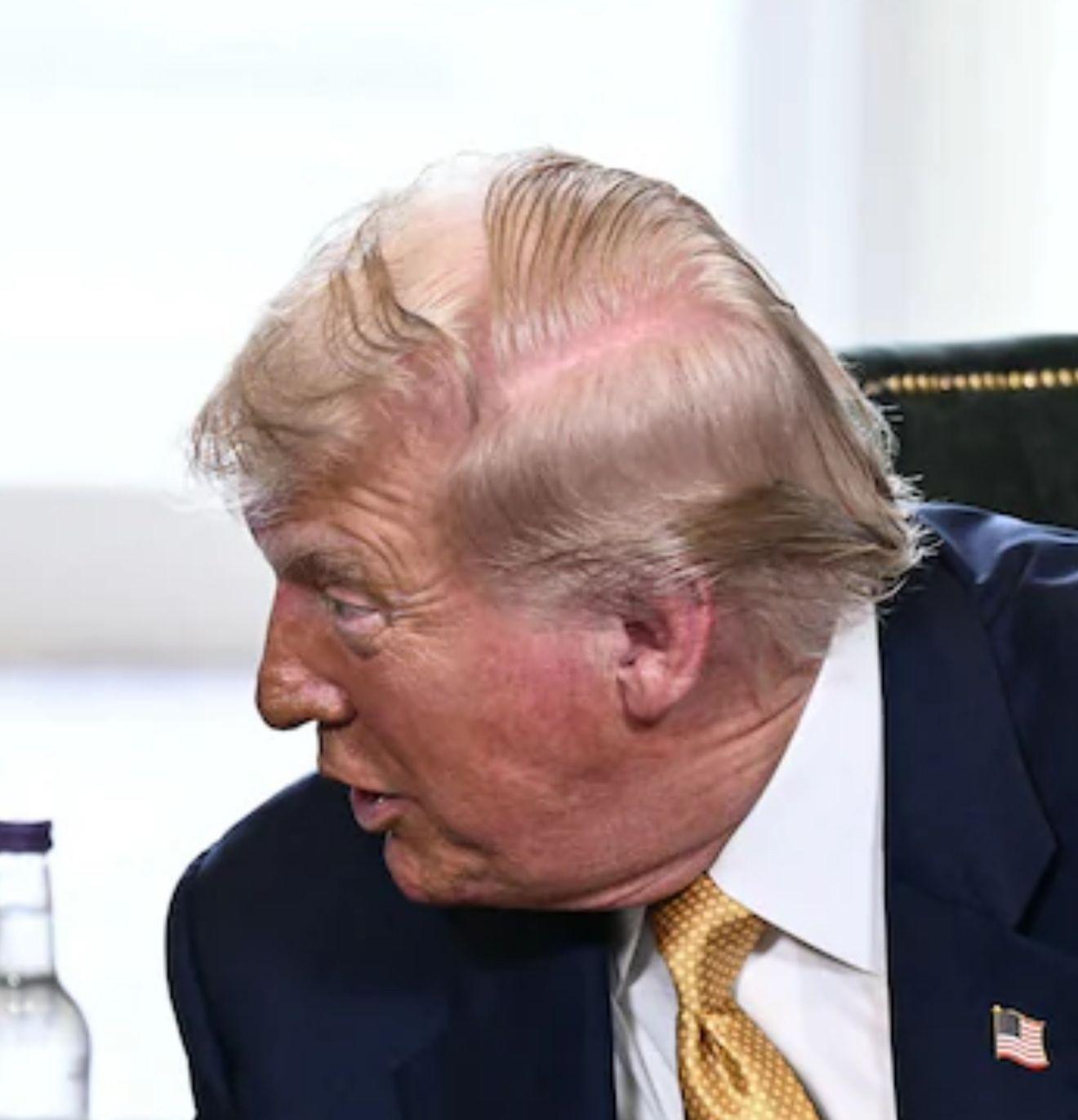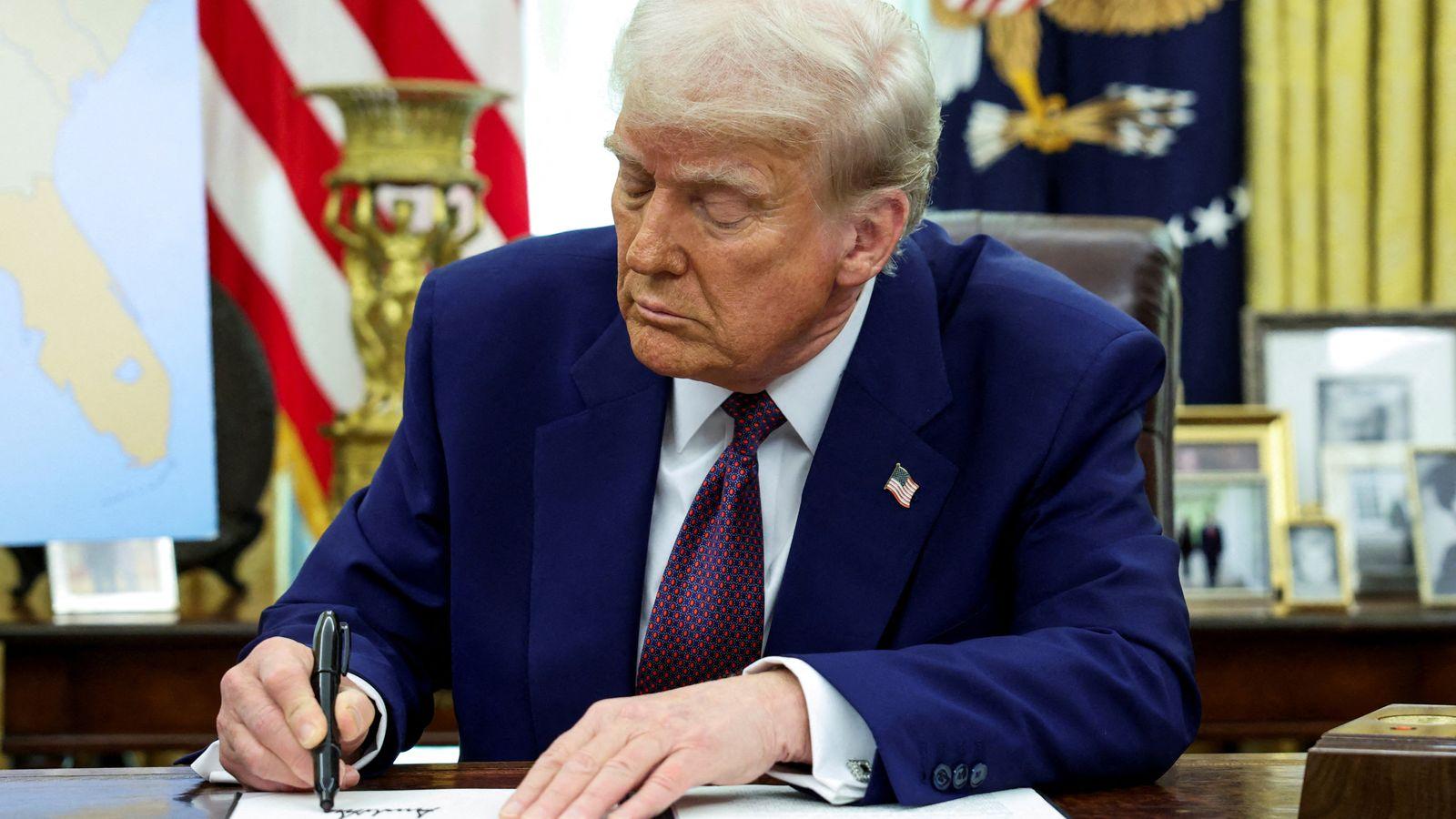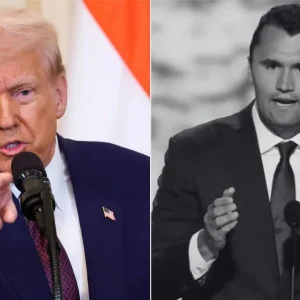On July 27, 2025, U.S. President Donald Trump and European Commission President Ursula von der Leyen announced a framework trade deal between the United States and the European Union (EU). The agreement imposes a 15% tariff on most goods imported from the EU, halving the 30% tariff that President Trump had previously threatened.

Key points of the agreement:

-
15% Tariff: Applied to most goods imported from the EU, including wine, cars, pharmaceuticals, and semiconductors.
-
EU Investment and Procurement: The EU has committed to purchasing an additional $750 billion in energy from the U.S. and investing $600 billion into the U.S. economy, including the procurement of military equipment and technology products.
-
Market Access: The EU has agreed to open its market to U.S. goods with zero tariffs, facilitating U.S. exports to the EU.
-
Tariffs on Steel and Aluminum: The 50% tariff on steel and aluminum imports from the EU will remain in place, but it may be replaced by a quota system in future negotiations.
Reactions from stakeholders:
-
EU’s reaction: President von der Leyen stated that the agreement will bring “stability” and “important predictability for businesses on both sides.”
-
France’s reaction: French Prime Minister François Bayrou described it as “a dark day” for the EU, as the union had to accept President Trump’s demands.
- Reactions from Germany and Italy: German Chancellor Friedrich Merz and Italian Prime Minister Giorgia Meloni welcomed the agreement, considering it an important step in avoiding a worse trade war.






